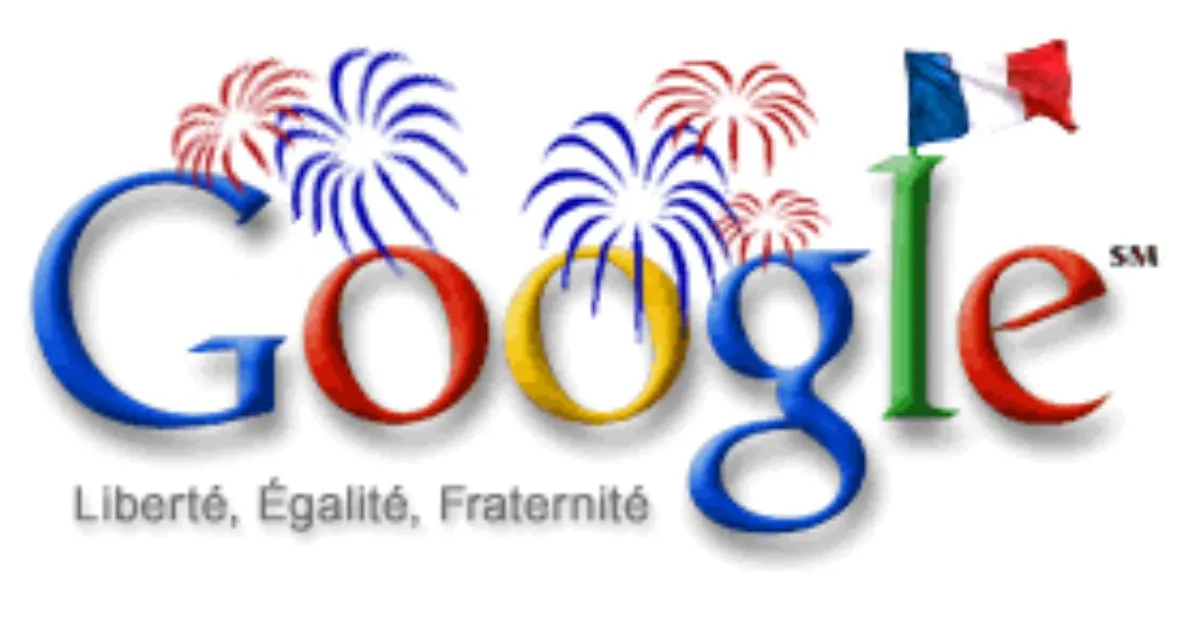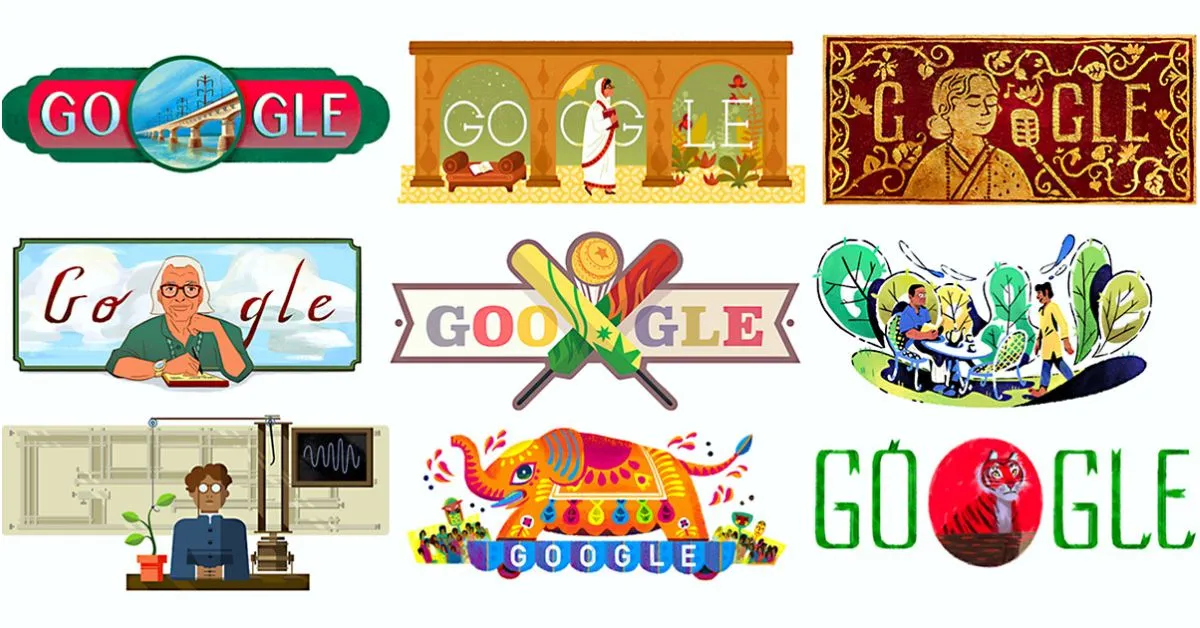The first-ever Google Doodle was created in 1998 to honor the Burning Man festival. It was a simple alteration to the Google logo to indicate that the co-founders, Larry Page and Sergey Brin, were out of office attending the festival. While this doodle was not initially intended to kickstart a tradition, its positive reception inspired Google to continue using doodles to commemorate significant events and holidays. Since then, Google Doodles have become an integral part of the Google experience, showcasing a wide range of subjects and captivating audiences worldwide.
Unveiling the Origin of Google Doodles: The First Google Doodle
Google, the world’s most popular search engine, is known for its iconic and often playful Google Doodles that occasionally replace the standard company logo on its homepage. These artistic and interactive illustrations have become a celebrated tradition, capturing significant events, anniversaries, and milestones. But did you ever wonder about the first Google Doodle? In this article, we will explore the origins of the first-ever Google Doodle and the story behind this charming addition to the Google experience.
The Birth of the Google Doodle
The idea of the Google Doodle was conceived by Larry Page and Sergey Brin, the co-founders of Google, as they wanted to acknowledge an event that was often overlooked. In 1998, the pair decided to create a simple doodle in honor of the Burning Man festival, an annual event held in Nevada. This whimsical alteration to the Google logo served as a playful way to let visitors know that the founders were out of office attending the festival.

The Positive Response
The response to the first Google Doodle, albeit an impromptu one, was overwhelmingly positive. Users appreciated the creative touch and expressed their delight. This unexpected reaction encouraged the Google team to consider the possibility of using doodles more frequently to commemorate other important events and holidays.
Growing Tradition and Recognition
Following the successful reception of the first doodle, Google continued to experiment with occasional illustrations, tying them to special occasions. The first intentional and officially commissioned Google Doodle was created in 2000 to celebrate Bastille Day. Since then, Google Doodles have become a regular occurrence, showcasing a wide range of subjects, such as famous personalities, historical events, scientific achievements, and cultural festivities.

As the tradition grew, Google realized the opportunity to engage and educate users through their creative doodles. This led to the development of interactive and animated doodles, allowing users to engage with puzzles, games, and even mini-stories directly from the Google homepage.
The Global Impact
Over time, Google Doodles have gained significant global recognition, capturing the essence of diverse cultures and promoting awareness about various social issues. They often celebrate influential individuals, shine a spotlight on groundbreaking discoveries, and raise awareness for important causes.
Google Doodles have become a cherished part of popular culture, engaging and delighting millions of users worldwide. These imaginative illustrations have proven to be powerful tools for education, generating curiosity and sparking conversations.
Conclusion
The first Google Doodle, which initially began as a makeshift alteration to acknowledge a festival, has since transformed into a cherished tradition of artistic expression and celebration. With their vibrant designs, interactive elements, and educational value, Google Doodles have captivated audiences across the globe. From its humble beginnings, this captivating addition to Google’s homepage continues to leave a mark, celebrating important events and inspiring users to discover, learn, and appreciate the world around them.
Help us spread the word by sharing this article and ensuring more people get access to this valuable information.

